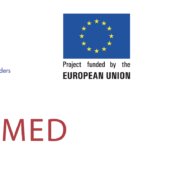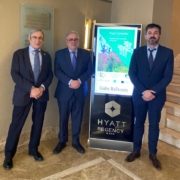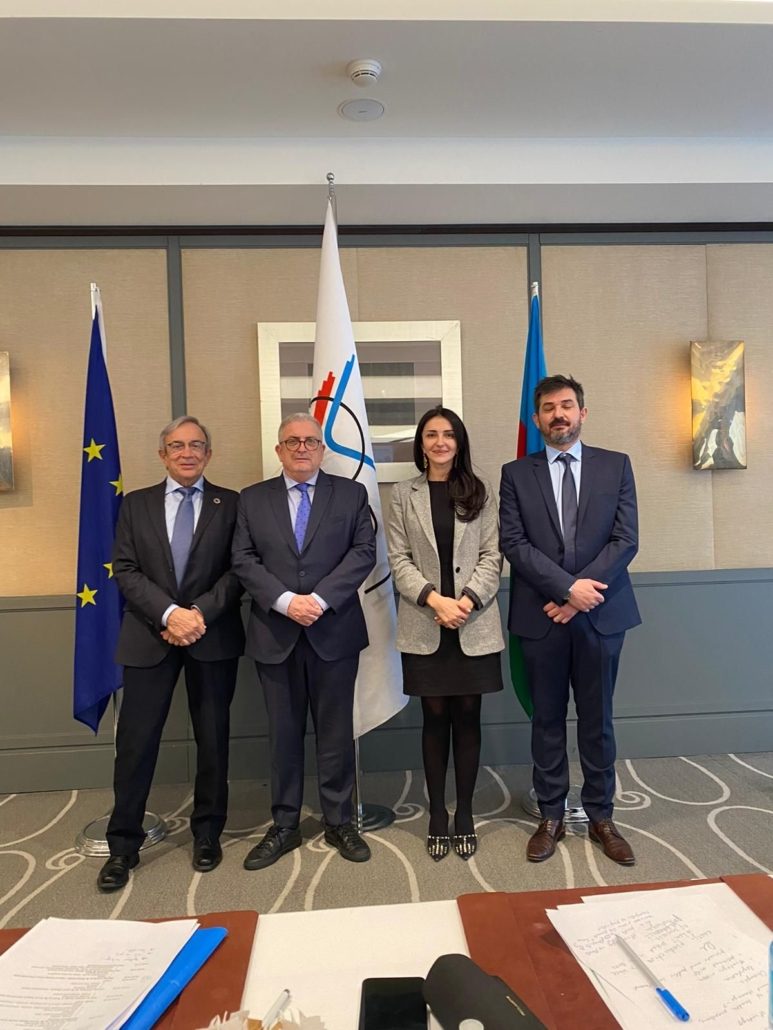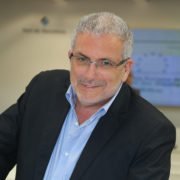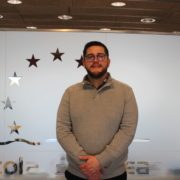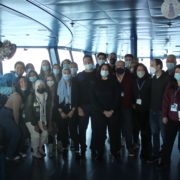As we start the year, Europe finds itself in yet another crisis – this time one surrounding energy. In this article, submitted to us by Giulia Esposito, we shine a spotlight on the latest developments in Italy, and the possible shifts in the energy transition that the country may be voting on in the near future. The article appeared originally on the Pronto Bolleta website.
The possible return to nuclear power in Italy
After the closure of nuclear power plants in 1990, and some 10 years after the 2011 referendum, when 94% of Italians buried the idea of a return to nuclear power, a new referendum is being considered in Italy to promote new nuclear power plants. Today, polls show a return of interest in this technology in the country.
In fact, while the European Commission is considering recognising nuclear energy and natural gas as green sources for energy production, in Italy the idea is being promoted that a return to nuclear power could also be a solution to the issue of high energy bills.
The reality is that, even today, there are still many doubts about the risks involved in reintroducing nuclear power plants in Italy: from the dangers of radioactivity to the absence of a national repository. In fact, the high cost of storage still weighs on the pockets of Italians – which could reach more than €60 million a year. We discuss this in this article.

The EU nuclear proposal and the new referendum in Italy
In 2021 the issue of nuclear energy has come up in Italy, particularly following Roberto Cingolani’s – who is the Minister for Ecological Transition – expressed support for the return of nuclear power in Italy. This was then followed by a consensual agreement voiced by Matteo Salvini, Giorgia Meloni and Confindustria president Carlo Bonomi.
The year 2022 began with a draft by the European Commission on the recognition of nuclear power and natural gas as ‘green’ renewable energy sources – which they declared as sustainable and capable of accelerating the achievement of zero CO2 emissions in Europe.
Salvini’s support for this controversial energy source was slow. Riding on the wave of high energy bills that is sweeping the nation, the Italian Senator stated that he would like to call for a third referendum on nuclear power in Italy for an “independent, safe and clean” future. The last time a referendum on nuclear energy was called in Italy was 2011, when almost all voters (over 94%) voted against a return to nuclear power. At the time this was partly explained by the then recent aftermath of the tragic tsunami that had occurred a few months earlier in Fukushima (Japan), which caused several explosions and the destruction of a nuclear power plant.
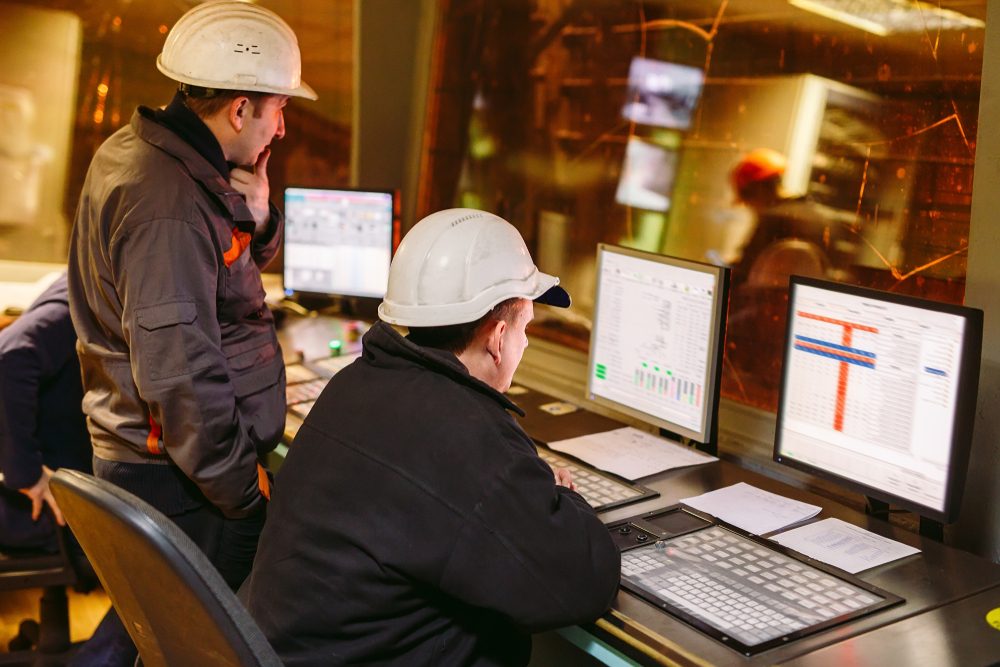
With no such recent crises to fall back on, it will be interesting to see whether Italians today embrace the energy source or stay true to the sentiments voiced a decade ago.
The current state of nuclear energy in Europe
Today, there are around 128 active nuclear power plants in Europe, with France leading the way with 58 plants in operation, followed by the Russian Federation (32) and the United Kingdom (19).

The nuclear proposals, if supported by the 27 member states, would come into force in 2023. With this in mind, it will be interesting to follow the developments of the European Commission’s plan in the coming months, and to find out what the positions of countries such as Germany and Belgium are – countries that are famous for progressively abandoning nuclear power in favour of renewable energy sources.
The pros and cons of returning to nuclear power in Italy in 2022
Nuclear power is certainly a sensitive issue. Although a country may benefit from certain advantages, including production capacity, one cannot help but consider the risks linked to radioactivity and safety. Today, thanks to the evolution of the Internet infrastructure, it would be easier to monitor power stations. Nevertheless, with more than 60 nuclear accidents over the years, we have learned that even a small error could have catastrophic consequences – largely due to the radioactivity produced by nuclear power for an entire nation.
Nevertheless, polls in Italy seem to show an inclination towards a return to the construction of nuclear power plants and the production of nuclear energy. Possibly explained by rising energy bills, the numbers show that 51% of Italians would favour a return to nuclear power, despite the fact that in 2011 over 94% rejected the idea. But will Italy be able to bear the costs of storing radioactive waste?
The production of nuclear energy in Italy between 1963 and 1990 resulted in the production of atomic waste which, in the absence of a national repository, was mainly sent to France and the United Kingdom. Not only that, but even today we do not have a national repository. The only solution then, and now, is to store it abroad, which would cost the state about EUR 60 million a year.
In addition, this backlog costs between 1 and 4 million euros per year at each site in Italy. According to Sogin, we are talking about temporary small deposits all over Italy, including at hospitals who may have the facilities in place safe enough to store such waste. Today, Piedmont has the highest presence of radioactivity from nuclear waste, while Lazio has the highest quantity of toxic waste.
It would be imperative to determine how the waste would be managed if new nuclear power plants were to be built.
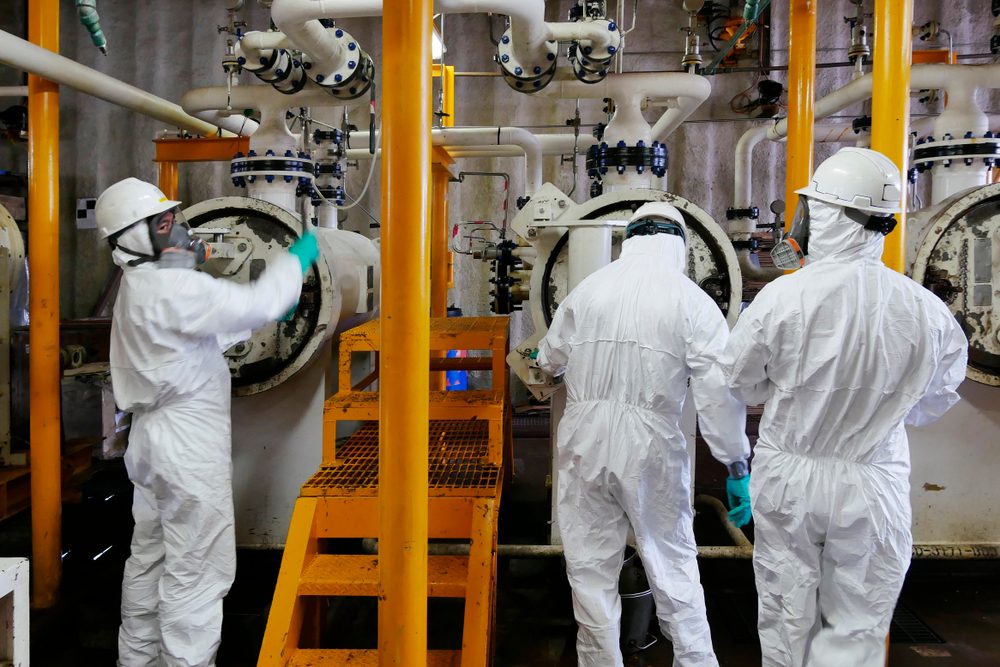
The possible benefits for the transport sector
The supply of fossil fuels is becoming increasingly difficult, resulting in higher costs for all transport actors. A limited resource is, for example, oil: the cost of supplying it is increasing, and can be seen through the rising prices of diesel and petrol. Fossil fuels also release a huge amount of carbon dioxide and greenhouse gases, resulting in the well-known greenhouse effect that the European nations are trying to minimise.
Despite the fact that the ‘electric’ alternative is becoming increasingly important, most transport in Italy is still powered by petrol and diesel. In fact, this is not only the case in a few cities but also in many of the main Italian provinces. This reliance on traditional energy sources results in both more pollution and high financial costs of fuelling large vehicles (including trucks, buses, etc). And while the adoption of new electric vehicles would be beneficial in the short term, the eventual adoption of nuclear power would be the missing piece to complete this “ecological” transition.
In fact, both electric and fuel cell vehicles could be more efficient due to the advantages of nuclear energy production. Electric vehicle batteries need energy to recharge, whereas fuel cell vehicles need hydrogen, which is itself produced from energy. If this energy were produced from nuclear power, the environmental impact would be minimal and the cost of energy would be much lower than with the traditional combustion engines that we are familiar with.
Overall, it can be said that the topic of nuclear power is incredibly complex, and though there are both advantages and disadvantages to this energy source, it will surely prove to be a multifaceted issue for Italians in the coming months. Europe, for sure, will be watching.
This article originally appeared on the Pronto Bolletta website. Source: https://www.prontobolletta.it/news/nucleare-italia-2022/


